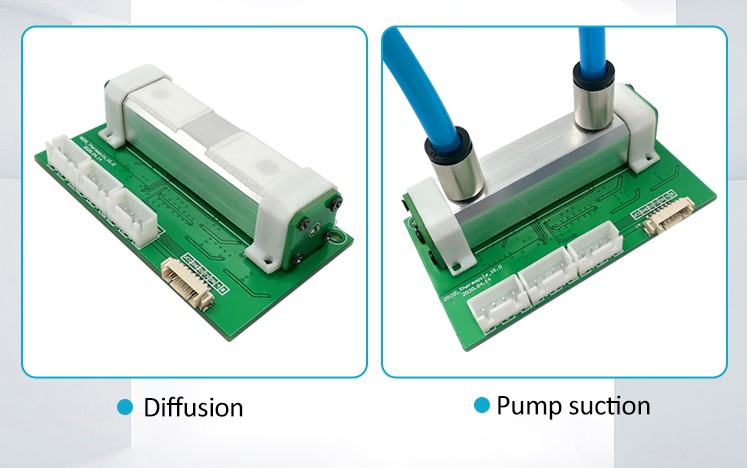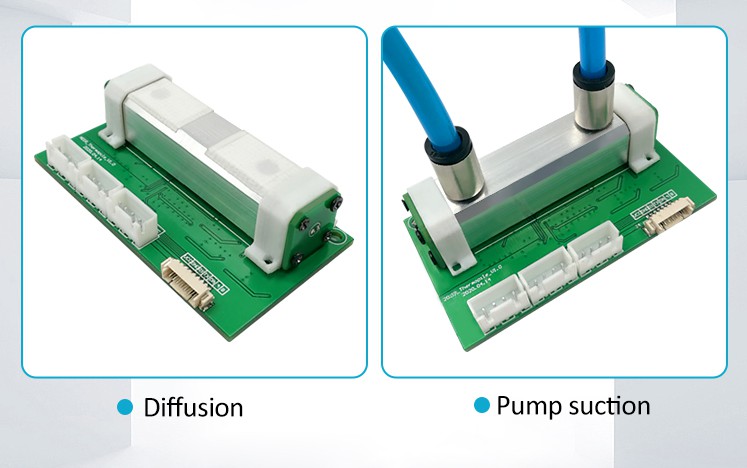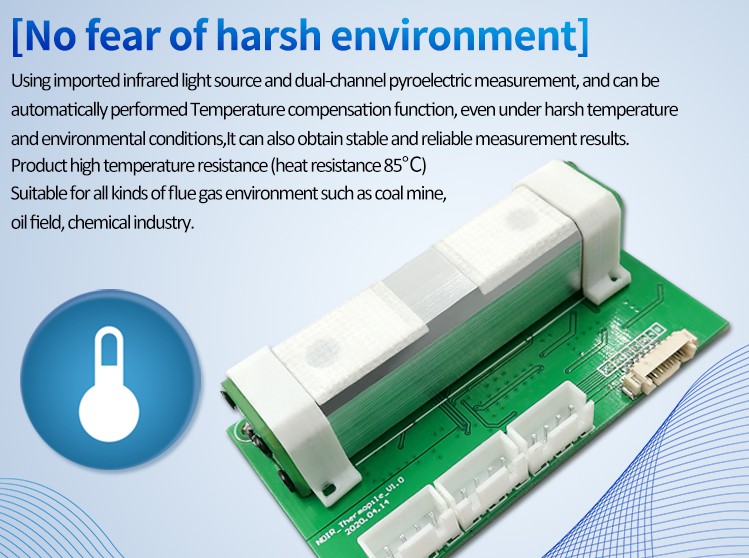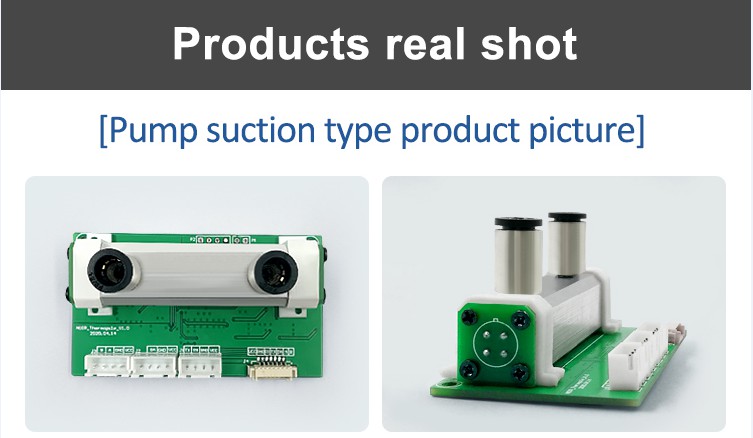
NDIR Gas Sensor Introduction
A non-dispersive infrared gas sensor (or NDIR gas sensor) is a simple optical gas sensor commonly used as a gas detector.

A non-dispersive infrared gas sensor (or NDIR gas sensor) is a simple optical gas sensor commonly used as a gas detector.
A non-dispersive infrared gas sensor (or NDIR gas sensor) is a simple optical gas sensor commonly used as a gas detector. It is non-dispersive because there are no dispersive elements (such as prisms or diffraction gratings, which are often found in other spectrometers) for separating wide-band light (such as monochromators) into narrow spectra suitable for gas sensing. Most NDIR gas sensors use a wideband light source and optical filter to select a narrow band spectral region that overlaps the absorption region of the gas of interest. In this case, the narrow bandwidth might be 50-300nm. Modern NDIR sensors can use microelectromechanical systems (MEMs) or mid-infrared LED light sources, with or without filters.

The main components of an NDIR gas sensor are an infrared (IR) source (lamp), a sample chamber or light tube, a light filter and an infrared detector. The IR light is directed through the sample chamber towards the detector. In parallel there is another chamber with an enclosed reference gas, typically nitrogen. The gas in the sample chamber causes absorption of specific wavelengths according to the Beer–Lambert law, and the attenuation of these wavelengths is measured by the detector to determine the gas concentration. The detector has an optical filter in front of it that eliminates all light except the wavelength that the selected gas molecules can absorb.
Ideally other gas molecules do not absorb light at this wavelength, and do not affect the amount of light reaching the detector however some cross-sensitivity is inevitable. For instance, many measurements in the IR area are cross sensitive to H2O so gases like CO2, SO2 and NO2 often initiate cross sensitivity in low concentrations.

The IR signal from the source is usually chopped or modulated so that thermal background signals can be offset from the desired signal.
NDIR gas sensor for carbon dioxide is often encountered in heating, ventilation, and air conditioning (HVAC) units.
Configurations with multiple filters, either on individual sensors or on a rotating wheel, allow simultaneous measurement at several chosen wavelengths.
Fourier transform infrared spectroscopy (FTIR), a more complex technology, scans a wide part of the spectrum, measuring many absorbing species simultaneously.

Miniature IR sources based on microelectromechanical systems (MEMS) have been experimentally applied to NDIR systems since 2006 and is useful since 2016. The low energy of MEMS emission means a sensitive detector circuit based on lock-in amplification is needed. Other useful detectors include the photoacoustic gas sensor which use a MEMS microphone to detect IR-gas interactions.